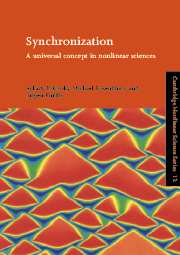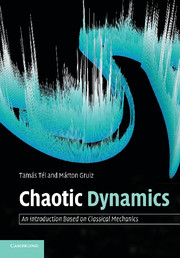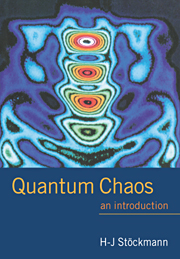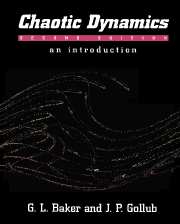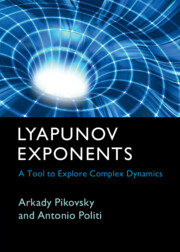Synchronization
First recognized in 1665 by Christiaan Huygens, synchronization phenomena are abundant in science, nature, engineering and social life. Systems as diverse as clocks, singing crickets, cardiac pacemakers, firing neurons and applauding audiences exhibit a tendency to operate in synchrony. These phenomena are universal and can be understood within a common framework based on modern nonlinear dynamics. The first half of this book describes synchronization without formulae, and is based on qualitative intuitive ideas. The main effects are illustrated with experimental examples and figures, and the historical development is outlined. The remainder of the book presents the main effects of synchronization in a rigorous and systematic manner, describing classical results on synchronization of periodic oscillators, and recent developments in chaotic systems, large ensembles, and oscillatory media. This comprehensive book will be of interest to a broad audience, from graduate students to specialist researchers in physics, applied mathematics, engineering and natural sciences.
- The first specialised book on synchronization available in English
- Presented at both a qualitative and experimentally oriented level
- Combines description of classical effects with presentation of recent developments
Reviews & endorsements
'… the authors … have pulled off a very difficult trick, that of writing a book that is both a definitive introduction to synchronization for the casual reader and a definitive text for researchers working in a variety of fields.' William Ditto, Nature
'... has all the hallmarks of a classic. It is currently unique … Every scientist working in the area will want a copy of this book, and every science librarian should buy one. No doubt it will run through many editions, and deservedly.' Contemporary Physics
'In an unconventional but excellent pedagogical choice, Arkady Pikovsky, Michael Rosenblum and Jürgen Kurths begin by discussing synchronization without resorting to equations. It succeeds brilliantly.' Physics Today
'… stands out from the word …' Mathematics Today
Product details
June 2003Paperback
9780521533522
432 pages
243 × 170 × 24 mm
0.68kg
222 b/w illus.
Available
Table of Contents
- Preface
- 1. Introduction
- Part I. Synchronization Without Formulae:
- 2. Basic notions: the self-sustained oscillator and its phase
- 3. Synchronization of a periodic oscillator by external force
- 4. Synchronization of two and many oscillators
- 5. Synchronization of chaotic systems
- 6. Detecting synchronization in experiments
- Part II. Phase Locking and Frequency Entrainment:
- 7. Synchronization of periodic oscillators by periodic external action
- 8. Mutual synchronization of two interacting periodic oscillators
- 9. Synchronization in the presence of noise
- 10. Phase synchronization of chaotic systems
- 11. Synchronization in oscillatory media
- 12. Populations of globally coupled oscillators
- Part III. Synchronization of Chaotic Systems:
- 13. Complete synchronization I: basic concepts
- 14. Complete synchronization II: generalizations and complex systems
- 15. Synchronization of complex dynamics by external forces
- Appendix 1. Discovery of synchronization by Christiaan Huygens
- Appendix 2. Instantaneous phase and frequency of a signal
- References
- Index.

